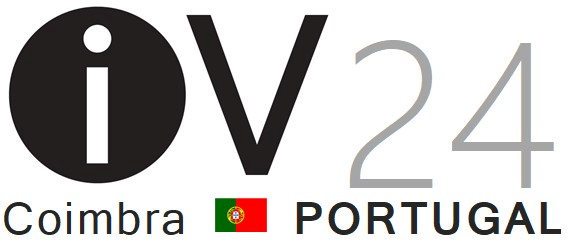Graph or network theory and its visualization mathematically structure, model, and visualize pairwise relations between objects and their attributes. Graphs or networks and their visualization have been used in a wide range of applications, such as website maps, evolutionary trees, phylogenetic trees, molecular trees, genetic maps, data flow diagrams, subroutine-call graphs, entity relationship diagrams, semantic networks, knowledge-representation diagrams, and many more. This focused symposium provides a premier international forum for researchers and industrial practitioners to exchange state-of-the-art ideas in theories, designs, evaluations, and applications in the field of graph theory and network visualization.
GTNV is soliciting high-quality paper contributions. The publication will be at Conference Publishing Services, Computer Society together with the Information Visualisation conference. An extended version of the best papers of GTNV2023 will be invited to be published in the Information Visualization Journal (https://journals.sagepub.com/home/ivi) in a special issue. Suggested topics include, but are not limited to:
- Graph drawing algorithms, visualization methods, and graph interaction
- Applications and tools for effective visualization of graphs and networks
- Graph and network theory and their applications
- Evaluation of graph and network visualization and interaction.
- Human perception and cognition in graph and network visualization
- Benchmarking tools for studies of network visualization systems, user interfaces, and graph theory
- Visual Analytics with graphs and networks
Please check the submission procedures on the submission page.
IMPORTANT DATES – GTNV
Submission of full papers: May. 8, 2024
Notification of acceptance: May 29, 2024
Camera Ready: June 15, 2024
Early registration to IV2024: Jun. 1, 2024
General inquiries and submissions should be addressed to the Conference Co-ordinator
Symposium enquiries should be addressed to:
Assoc. Prof. Quang Vinh Nguyen
School of Computer, Data & Mathematical Sciences, and MARCS Institute, AU
Email: q.nguyen (@) westernsydney.edu.au
Dr Samuel Mabakane
Council for Scientific and Industrial Research, Centre for High Performance Computing
Email: smabakane (@) csir.co.za
web: https://www.chpc.ac.za
Prof. Adrian Rusu
Electrical & Computer Engineering and Computer Science Department, University of New Haven, USA
arusu (@) newhaven.edu
